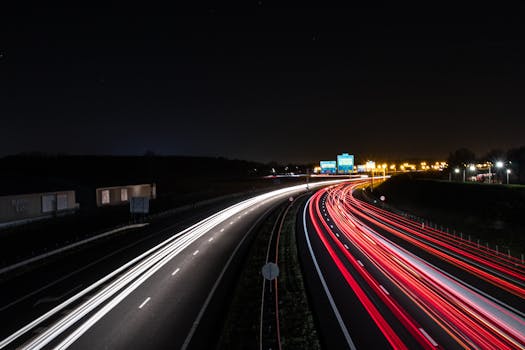Secrets of Perfect Exposure in Mountain Landscape Photography at Sunrise
Mountain landscape photography at sunrise offers a unique opportunity to capture breathtaking scenes bathed in the soft, golden light of dawn. However, achieving perfect exposure in these dynamic conditions can be challenging. This article delves into the secrets of mastering exposure in mountain landscapes during sunrise, providing photographers with valuable insights and techniques to enhance their skills.
Understanding the Importance of Exposure
Exposure is a fundamental concept in photography that determines how light or dark an image appears. It is influenced by three main elements: aperture, shutter speed, and ISO. In mountain landscapes, where light conditions can change rapidly, understanding how to balance these elements is crucial for capturing stunning images.
The Exposure Triangle
The exposure triangle consists of:
- Aperture: Controls the amount of light entering the camera and affects depth of field.
- Shutter Speed: Determines how long the camera’s sensor is exposed to light, impacting motion blur.
- ISO: Adjusts the camera’s sensitivity to light, allowing for better performance in low-light conditions.
Mastering these three elements will enable photographers to achieve the desired exposure, especially during the fleeting moments of sunrise.
Timing is Everything: The Golden Hour
The golden hour, which occurs shortly after sunrise and before sunset, is renowned for its soft, diffused light. This period is ideal for landscape photography as it enhances colors and textures. To make the most of this time, photographers should:
- Arrive early to set up and scout the location.
- Monitor the sunrise time and plan accordingly.
- Utilize apps like PhotoPills or The Photographer’s Ephemeris to track the sun’s position.
By being prepared, photographers can capture the stunning interplay of light and shadow that characterizes mountain landscapes at dawn.
Metering Modes: Choosing the Right One
Choosing the appropriate metering mode is essential for achieving accurate exposure. Most cameras offer several metering modes, including:
- Matrix/Evaluative Metering: Measures light across the entire frame and is suitable for most situations.
- Center-Weighted Metering: Focuses on the central area of the frame, ideal for subjects in the middle of the scene.
- Spot Metering: Measures light in a small area, perfect for high-contrast scenes where the subject is backlit.
For mountain landscapes at sunrise, spot metering can be particularly effective, allowing photographers to expose for the highlights without losing detail in the shadows.
Bracketing for Dynamic Range
Mountain landscapes often feature a wide dynamic range, with bright skies and dark foregrounds. To capture this range effectively, photographers can use exposure bracketing. This technique involves taking multiple shots at different exposures and later blending them in post-processing. Here’s how to do it:
- Set your camera to continuous shooting mode.
- Adjust the exposure compensation to take a series of shots (e.g., -2, 0, +2 EV).
- Use software like Adobe Lightroom or Photoshop to merge the images into a high dynamic range (HDR) photo.
This method ensures that both highlights and shadows are well-represented in the final image.
Post-Processing: Fine-Tuning Your Exposure
Even with perfect exposure in-camera, post-processing can enhance the final image. Key adjustments include:
- Exposure Adjustment: Fine-tune the overall exposure to achieve the desired brightness.
- Contrast: Increase contrast to add depth and dimension to the image.
- Highlight and Shadow Recovery: Adjust these sliders to bring back details in overexposed or underexposed areas.
Post-processing is an essential step in mountain landscape photography, allowing photographers to realize their creative vision fully.
Conclusion: Mastering Sunrise Photography
Perfect exposure in mountain landscape photography at sunrise requires a combination of technical knowledge, preparation, and creativity. By understanding the exposure triangle, utilizing the golden hour, selecting the right metering mode, employing bracketing techniques, and refining images in post-processing, photographers can capture stunning landscapes that reflect the beauty of dawn.
As you venture into the mountains with your camera, remember these key takeaways:
- Plan ahead and arrive early to make the most of the golden hour.
- Choose the appropriate metering mode for your scene.
- Utilize exposure bracketing to capture a wide dynamic range.
- Enhance your images through thoughtful post-processing.
With practice and patience, you can unlock the secrets of perfect exposure and create breathtaking mountain landscape photographs that inspire awe and admiration.
